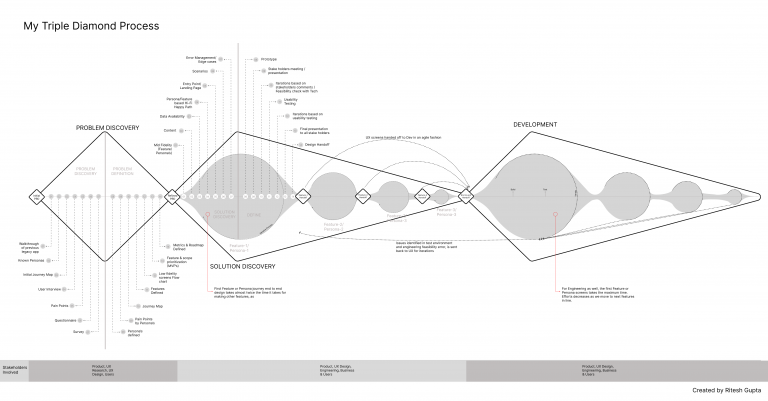
Overall Process Infographic
Designing for users isn’t just about pixels and code; it’s an epic odyssey, a voyage of discovery where we empathize with users, understand their needs, and ultimately, craft experiences that resonate and delight. As a UX manager, I serve as the guide and captain on this journey, orchestrating each phase to ensure a smooth and successful navigation towards user-centered design excellence.
As a UX manager, I believe in orchestrating user-centered experiences through a flexible and adaptable process. While every project possesses its own unique rhythm, certain key phases consistently guide our efforts, ensuring we deliver impressive and impactful results
Understanding the Product Requirement Document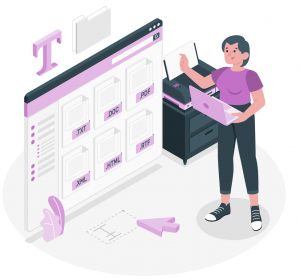
Every symphony begins with understanding the score. In our case, the score takes the form of the Product Requirement Document (PRD). This document serves as the initial roadmap, outlining requirements, user stories, and scenarios. However, sometimes, the PRD resembles a sketch rather than a detailed composition. In such instances, we delve deeper through UX research, allowing us to uncover the true pain points lurking beneath the surface.
Identifying Key Success Metrics and level of efforts for Research and Tech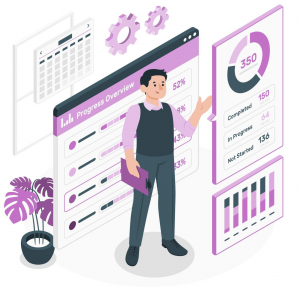
Before embarking on the musical journey, it’s crucial to tune the instruments. This involves identifying key metrics from the outset. The metrics can be for UX, Product, Business or Tech, identifying them all at the beginning and finding ways to measure is crucial.These metrics serve as our “before and after” markers, enabling us to measure the success of our efforts. Simultaneously, we identify the tech efforts required to bring the design vision to life. By establishing these elements upfront, we ensure all stakeholders are aligned and the stage is set for a smooth performance.
Charting the User Journey (If PRD Incomplete)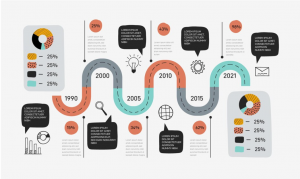
If the PRD is incomplete, we embark on a research-driven journey to compose the melody. This phase involves conducting interviews or utilizing other methods to uncover user pain points. We then employ techniques like card sorting or similar methods to group common pain points and even categorize them based on user personas. This collaborative effort, often involving the product team, culminates in finalizing the priority list, ensuring we address the most critical user needs first.
Information Architecture & User Journeys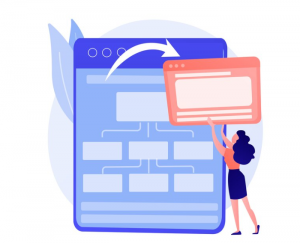
With the melody composed, we move to crafting the harmony. This phase involves developing a robust information architecture (IA) and defining clear user journeys. The IA acts as the musical arrangement, meticulously organizing information and content to create a clear and intuitive experience. User journeys, on the other hand, become complementary instrumental lines, mapping out the steps users take to complete specific tasks. This meticulous attention to detail ensures the design not only functions seamlessly but also feels coherent and enjoyable to navigate.
The Remaining Phases: A Symphony in Stages
The subsequent phases of the process, from collaboration and handoff to user testing and iteration, echo the structure outlined earlier in my UX design Process(Click here to view). Each phase plays a crucial role in orchestrating a successful user experience, ensuring a seamless transition from design to development, gathering valuable user feedback, and continuously refining the design through iteration.
The Encores: Continuous Learning & Improvement
The user experience symphony never truly concludes. As a UX manager, I prioritize continuous learning and improvement. By staying updated on industry trends, methodologies, and best practices, I ensure our approach remains relevant and impactful. This commitment to growth allows us to continuously refine the UX process, guaranteeing that every project becomes a memorable and user-centered experience for the audience it serves.
